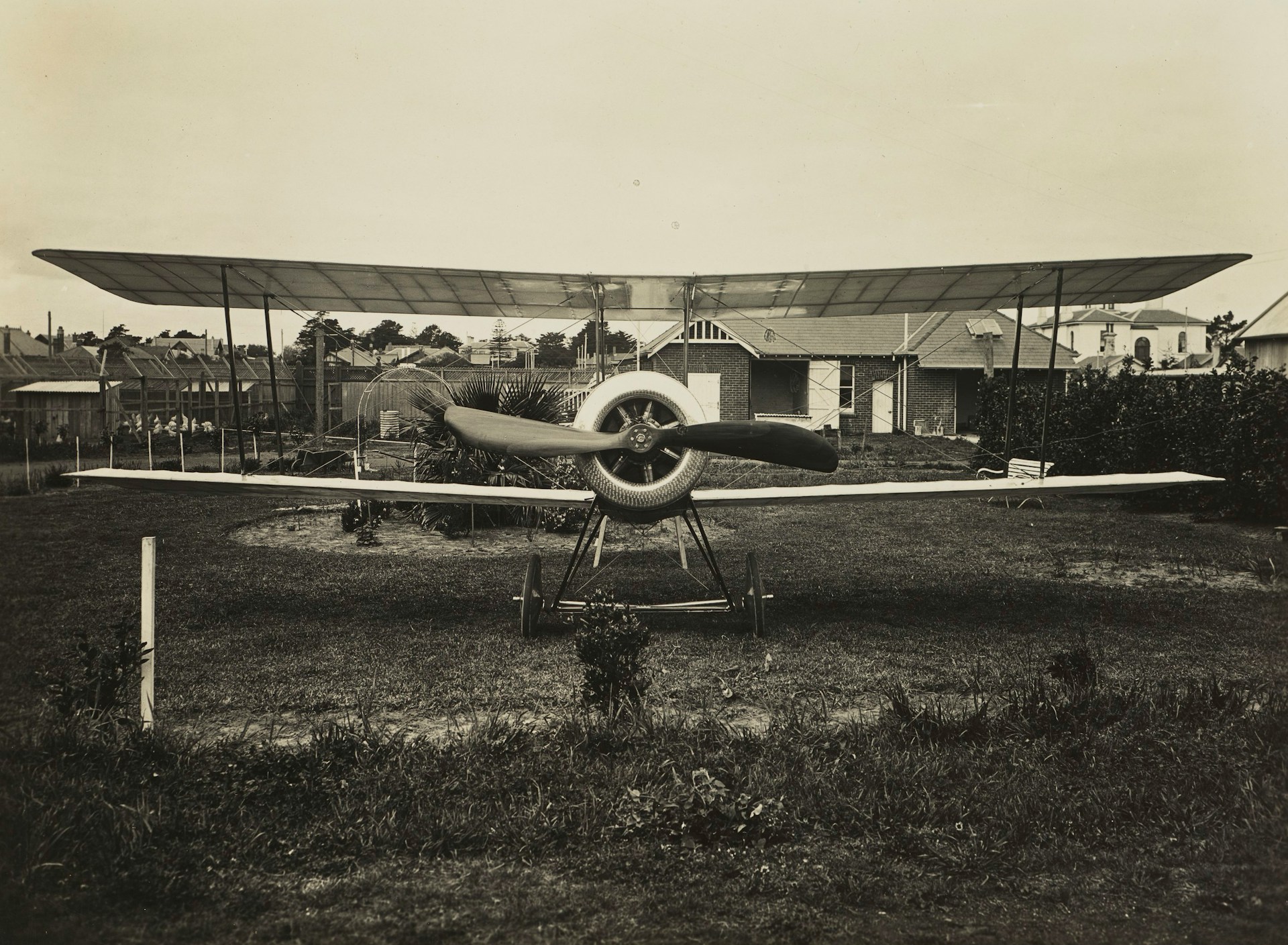Essential Migration Strategies for Hummingbirds: How to Offer Vital Support During Their Long Journey
Introduction
As one of nature’s most remarkable feats, hummingbird migration captivates the imaginations of outdoor enthusiasts across the USA. These miniature marvels travel thousands of miles between their breeding and wintering grounds, overcoming incredible challenges along the way. Understanding and supporting hummingbird migration is crucial for preserving these magnificent creatures, and one way outdoor enthusiasts can contribute is by employing proper feeding strategies.
Understanding Hummingbird Migration Patterns
Hummingbird migration, a herculean journey for such small birds, occurs primarily due to the changing availability of nectar sources. As flowers bloom and fade with the seasons, hummingbirds migrate to areas where food is abundant. But how exactly do these tiny aviators plan and execute their migrations?
- Hummingbirds travel up to 23 miles a day, peaking at around 500 miles when crossing the Gulf of Mexico.
- Males often pioneer the migration, arriving in the USA as early as February. Females and younger birds follow later.
- Hummingbirds gain 25-40% of their body weight before migrating to sustain long flights.
- They fly during the day, navigating by landmarks such as prominent landscape features.
- Despite their diminutive size, they can fly at speeds of 20-30 mph, with heart rates reaching 1,260 beats per minute and wing flaps ranging between 15-80 times per second.
Given these exhaustive migratory efforts, having a reliable supply of nectar, particularly during migration, can make a world of difference for these birds. Feeders thus become essential pit stops on their arduous journeys.
Essential Tips for Feeding Hummingbirds During Migration
Ensuring that we provide continuous nectar supply through feeders is critical for supporting migrating hummingbirds. Here are some essential tips to help:
- Gold Nugget: Hummingbirds use energy from one flower patch to the next; a lack of nectar can lead to exhaustion and death.
- Regularly clean and refill feeders to prevent fungal growth and contamination.
- Use the optimal nectar mixture for hummingbirds: 4 parts water to 1 part sugar.
- Avoid using red dye in the nectar as it can be harmful to the birds.
- Gold Nugget: Leave feeders out for two weeks after the last sighting to support late or weakened migrants.
- Temperature considerations are important as sugary solutions freeze at lower temperatures than water, keeping them liquid in milder freezing weather.
By following these strategies, we can ensure that our feathered friends have the energy they need to continue their journey safely.
Special Cases: Rufous and Anna’s Hummingbirds
While most hummingbirds follow predictable migration routes, some species have peculiar traits that require special attention from hummingbird enthusiasts.
Rufous Hummingbirds
Rufous Hummingbirds are known for their extensive migration—one of the longest relative to body size. Some interesting aspects of their behavior include:
- A migratory journey covering up to 3,900 miles from Alaska to Mexico.
- Rufous hummingbird winter behavior: Some populations stay during winter in southern US states, and there’s evidence of night feeding.
- Critical memory for food locations, returning to the same feeders and flowers.
Maintaining feeders during the colder months can be essential for these winter-staying populations.
Anna’s Hummingbirds
Annas Hummingbirds have unique adaptations that allow them to survive in areas where other hummingbirds might struggle:
- They are generally resident along the Pacific Coast and do not undertake long migrations.
- Anna’s hummingbird torpor behavior: They enter a state of torpor during cold temperatures, reducing their body temperature and metabolic rate significantly to conserve energy.
- Maintaining feeders thawed and filled can ensure they have a consistent food source to survive harsh conditions.
Supporting these two species throughout the year highlights the importance of adaptability and understanding specific behaviors in our conservation efforts.
Addressing Challenges in Hummingbird Migration
Modern environmental changes present new challenges for hummingbirds. Here are some ways we can mitigate these issues:
Navigational Landmarks and Habitat Loss
Hummingbirds rely on visual landmarks for navigation during their migrations. The importance of hummingbird navigation landmarks importance cannot be overstated:
- Be mindful of environmental changes such as the loss of trees or other significant landmarks.
- Ensure consistent nectar availability to help birds who may be disoriented by altered landscapes.
Consistent nectar availability acts as a compensatory factor, helping birds maintain their routes despite environmental disruptions.
Dealing with Cold Spells
Hummingbirds select their migration periods based on daylight lengths, not temperature. This means they might be caught in sudden cold spells:
- Gold Nugget: Hummingbirds migrate based on daylight lengths, not temperature—cold weather means they may rely more on feeders due to torpor.
- Providing warmed nectar or using insulated feeders can help birds sustain themselves during unexpected cold periods.
Keeping feeders up and accessible during these times is vital for their survival.
Communal Efforts and Online Communities
Engaging with online hummingbird communities can provide invaluable support and knowledge for enthusiasts:
- Gold Nugget: Joining groups can provide real-time advice and support (e.g., Facebook groups where members share tips and sightings).
- These networks also help track migration patterns and share data that can inform local conservation efforts.
By being active in these communities, you can gain insights and provide assistance to hummingbirds directly and effectively.
Conclusion
In conclusion, supporting hummingbirds through their migration is not just about placing feeders but engaging in informed practices that reflect the understanding of their behaviors and needs. Through consistent feeding strategies, addressing environmental challenges, and participating in communal efforts, we can help ensure the continued survival and success of these extraordinary travelers. Let’s commit to best practices and support these tiny but mighty birds in their incredible journeys.

